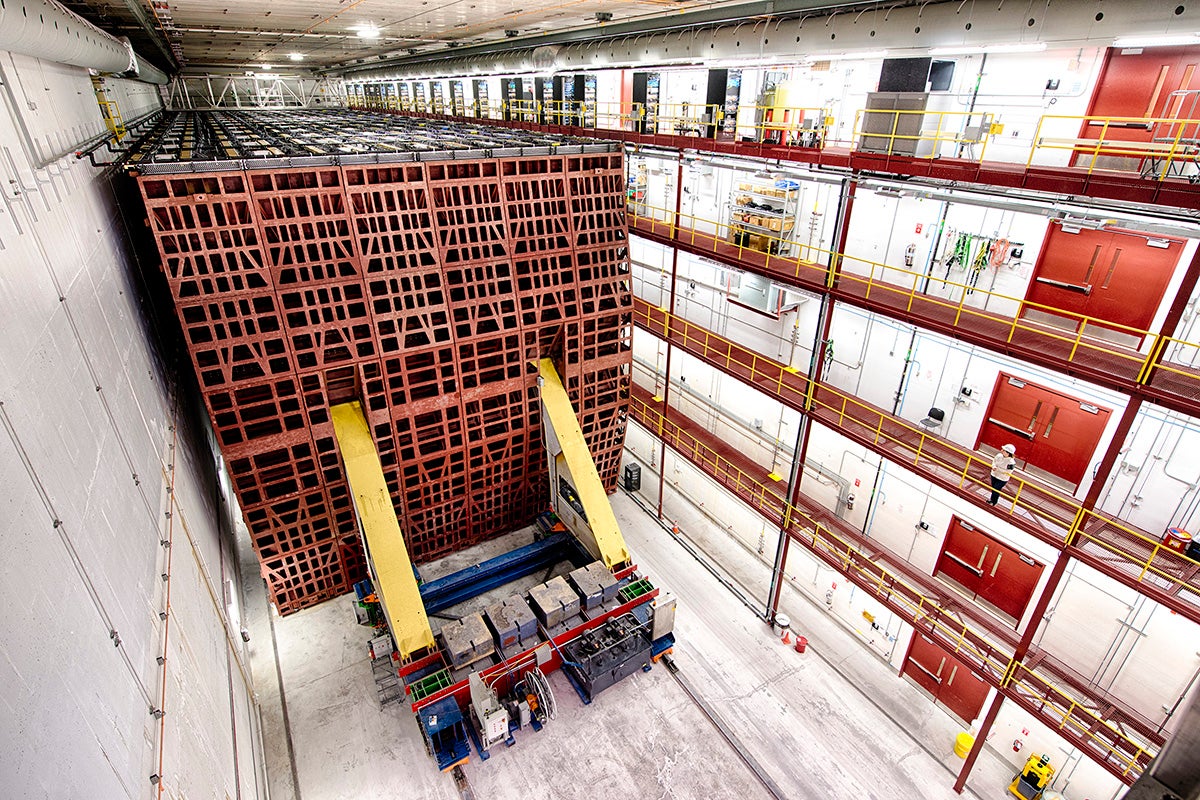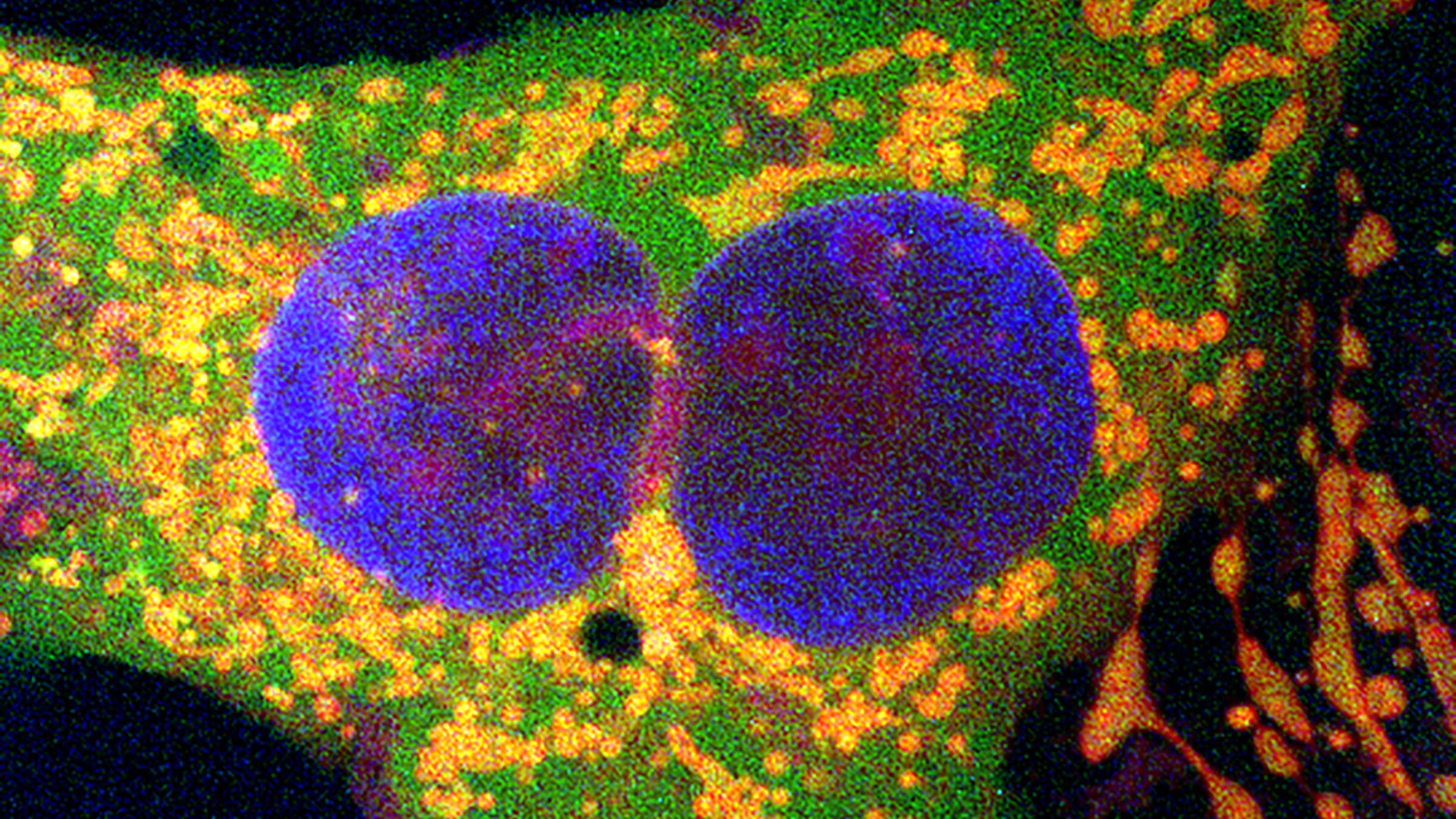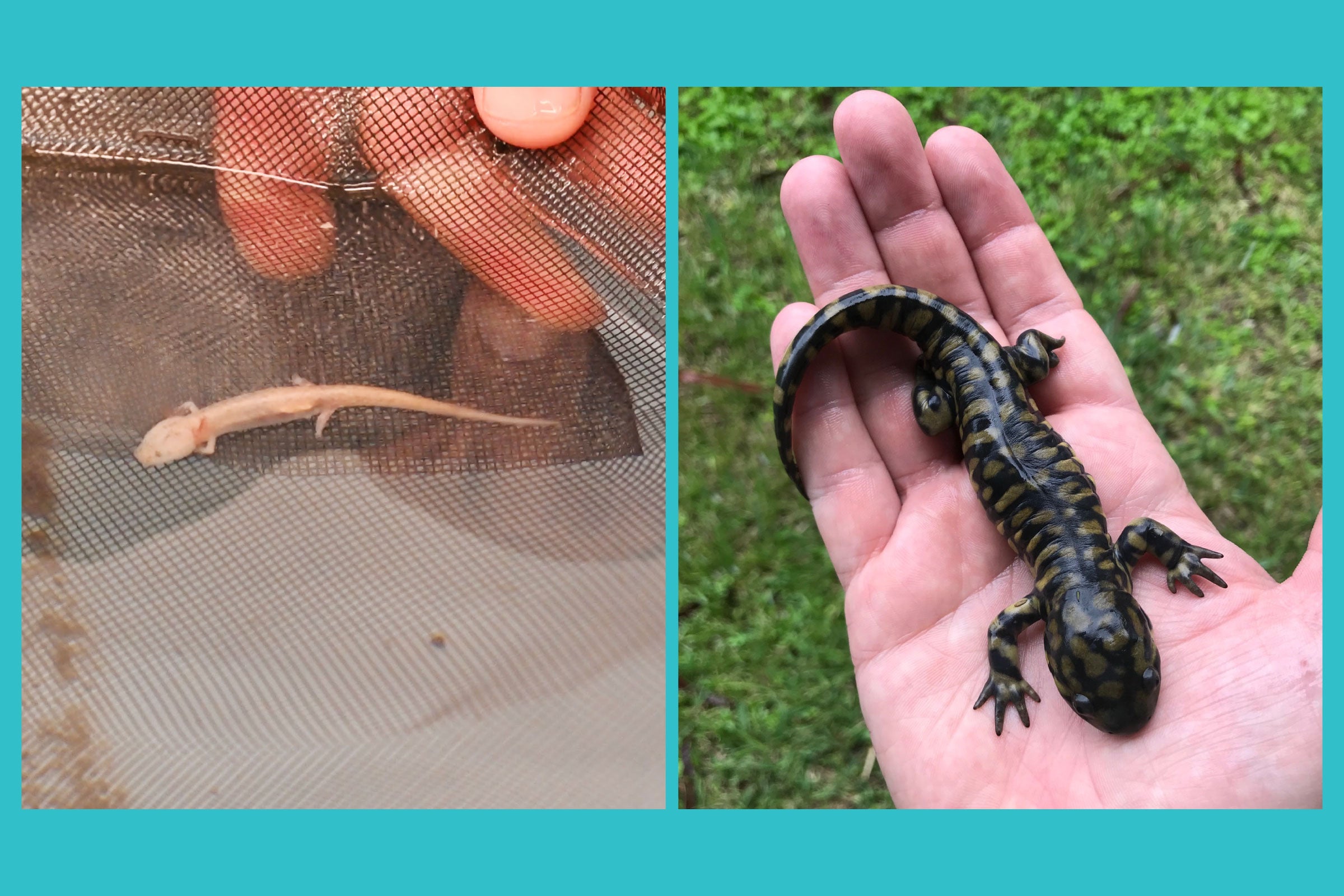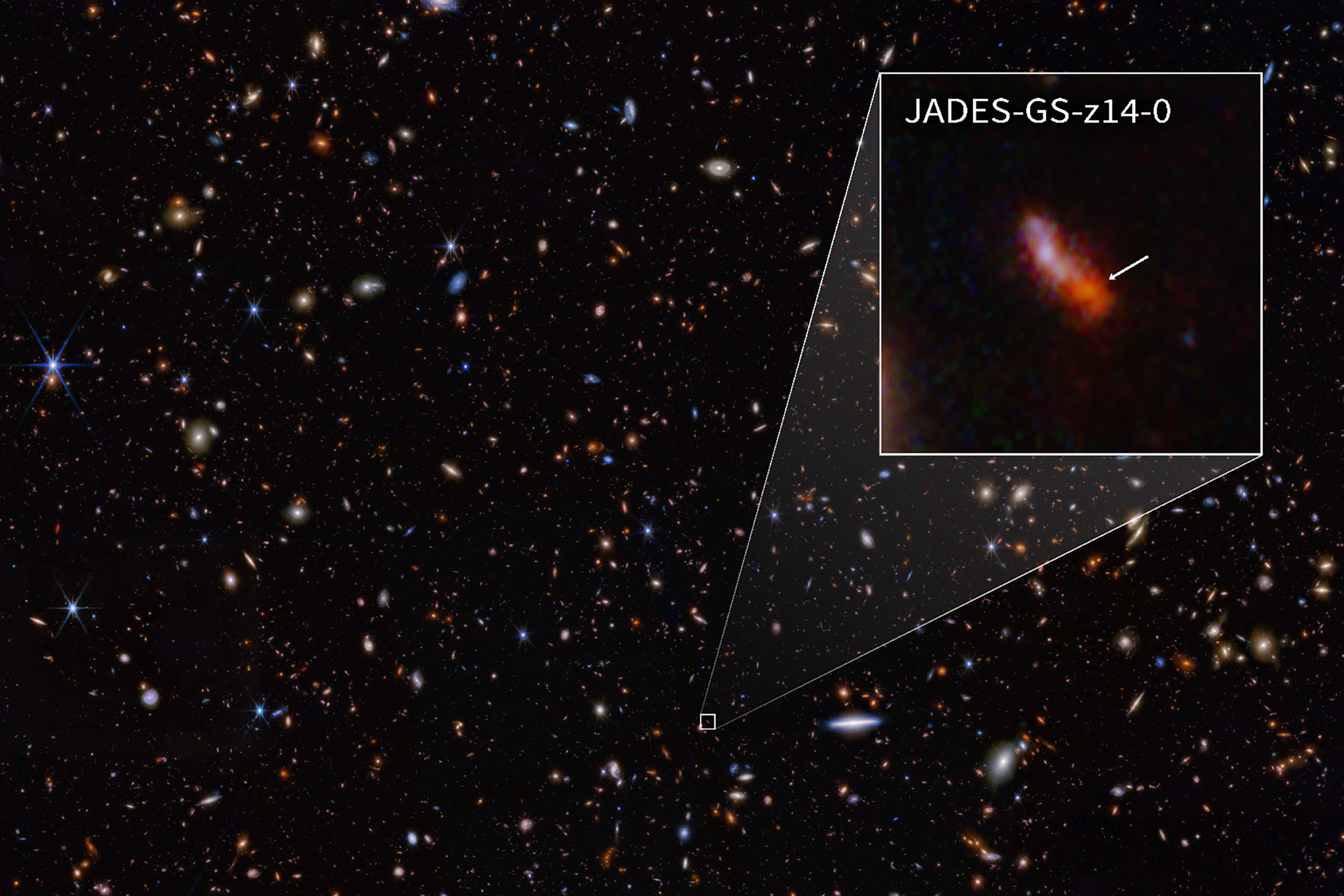News: Research
Read the latest news from the College of Natural Sciences at The University of Texas at Austin
“Rival” Neutrino Experiments NOvA and T2K Publish First Joint Analysis
The results add to physicists’ understanding of neutrinos and validate collaboration between major experiments.

McDonald Observatory
Tiny Galaxy, Big Find: Black Hole Discovered in Nearby Segue 1
Students discovered a surprise in the heart of a nearby dwarf galaxy.

A New Tool for Healthcare Gives Better Outbreak Forecasts
Pinpointing an outbreak’s peak, the approach can boost health systems’ preparedness and risk communication.

New Gene-Editing Tech Holds Promise for Treating Complex Genetic Diseases
Advanced biotechnology repurposes two bacterial immune systems to correct large stretches of DNA.

Vulnerable Salamanders, Key to Healthy Ecosystems, a Focus in Two Studies
A pair of studies from UT Austin offer insights into these keystone species.

Oden Institute
Born Together: A New Look at Binary Stars
A new study involving astronomer Stella Offner manages to pierce the universe’s dark, hazy cosmos for a glimpse at infant stars in relationship.

Extreme, Prolonged Drought Slashes Productivity of Grasslands, Shrublands
Research published in the journal Science on water-deprived plants involved Texas Field Station Network experts.

UT Marine Science Institute
New Study Pinpoints Texas as a Source of Nurdle Pollution to Mexico
A novel analysis combined chemistry and ocean modeling to reveal a likely source of nurdle pollution on coastlines.

McDonald Observatory
A Cosmic Puzzle: Phosphine Found in One Brown Dwarf, Missing in Others
The explosive compound forms naturally in the atmospheres of Jupiter and Saturn, but on Earth it is also a byproduct of anaerobic life.

More Dark Star Candidates Found in JWST Data
A growing list of dark star candidates could help explain why some early galaxies were so big, so early in the universe.

